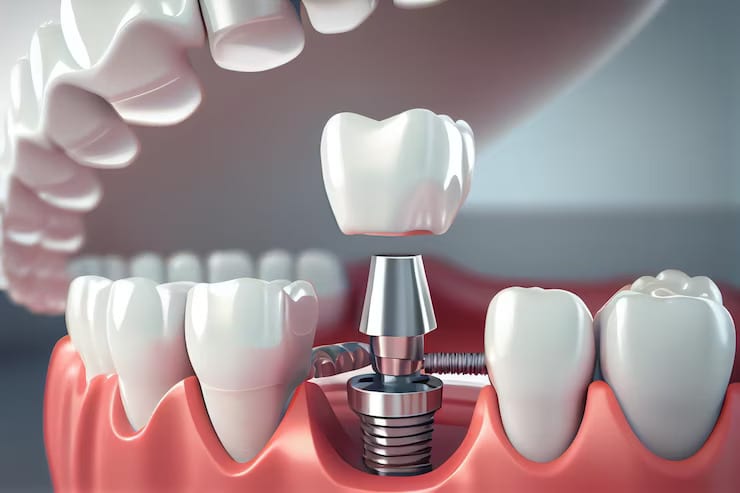When it comes to maintaining overall well-being, strong bones and joints play a crucial role. These skeletal system components provide structure, support, and mobility, making it essential to understand the science behind their health. Check here to delve into the intricate mechanisms that govern bone and joint health and explore strategies to unlock their full potential for a healthier, more active life.
The Building Blocks: Bone Composition and Structure
Bones are intricate structures composed of both living tissue and minerals. The primary components include collagen, a protein that provides flexibility, and hydroxyapatite, a mineral that imparts strength. The arrangement of these components gives bones their remarkable combination of resilience and rigidity. A balance between collagen and minerals is crucial for bone health. Disturbances in this balance can lead to conditions like osteoporosis, characterized by fragile bones prone to fractures.
The Role of Nutrition: Fueling Bone Strength
Proper nutrition plays a fundamental role in supporting bone health. Calcium is perhaps the most well-known mineral for its role in bone strength. Adequate calcium intake and vitamin D are essential for maintaining bone density. Vitamin D facilitates calcium absorption, ensuring it reaches the bones where it’s needed. Other nutrients like magnesium, vitamin K, and phosphorus also contribute to bone health by assisting in mineralization and bone formation.
Exercise and Bone Health: A Dynamic Relationship
Physical activity is a powerful tool for maintaining strong bones and joints. Weight-bearing exercises like walking, running, and weightlifting stimulate bone remodeling. This process involves breaking old bone tissue and forming new bone tissue, making bones more resilient. Additionally, exercises that improve balance and coordination can help prevent falls and reduce the risk of fractures, especially in older individuals.
Joint Health: The Art of Lubrication and Protection
Joints are the connectors that allow movement between bones. Maintaining their health is equally important for overall mobility. Cartilage, a smooth and rubbery tissue, covers the ends of bones within a joint, acting as a cushion and reducing friction. To ensure optimal joint health, it’s essential to protect this cartilage. Proper hydration, through adequate water intake, assists in maintaining joint lubrication. Furthermore, omega-3 fatty acids in foods like fish and nuts have anti-inflammatory properties supporting joint health.
Aging and Skeletal Health: Challenges and Solutions
With the passage of time, bones and joints undergo changes that can influence their health. Bone density tends to decrease, and joint cartilage may wear down, leading to osteoarthritis. However, there are strategies to mitigate these effects. Engaging in regular exercise, maintaining a balanced diet rich in bone-supporting nutrients, and managing weight can all contribute to preserving bone and joint health.
Lifestyle Factors and Their Impact
Beyond nutrition and exercise, certain lifestyle choices can significantly influence skeletal health. Smoking, for instance, has been linked to decreased bone density and impaired bone healing. Excessive alcohol consumption can also interfere with bone formation and increase the risk of fractures. On the other hand, maintaining a healthy weight, avoiding smoking, and moderating alcohol consumption contribute positively to bone and joint well-being.
Seeking Professional Guidance
Individuals concerned about their bone and joint health should consider consulting healthcare professionals. A bone density test, also known as a DXA scan, can assess bone strength and help identify osteoporosis risk. Physicians can provide personalized recommendations based on medical history, age, and lifestyle factors. Physical therapists can offer guidance on exercises to enhance joint mobility and stability.
Conclusion
Unlocking strong bones and joints requires understanding the intricate mechanisms supporting skeletal health. Proper nutrition, exercise, and lifestyle choices all play pivotal roles in maintaining the integrity of bones and joints. By embracing these strategies and seeking professional guidance when necessary, individuals can optimize their skeletal health, ensuring a future of mobility, strength, and vitality.





